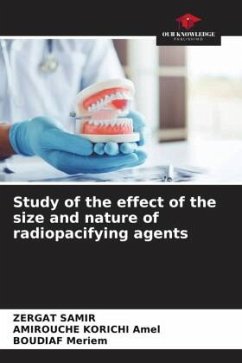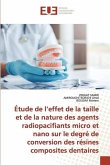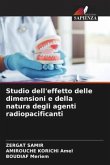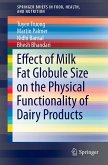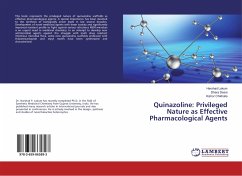Dental composites as materials for dental restorations have replaced amalgam, already banned in Norway since 2008, because of the mercury it contains, which is known to be toxic and can cause health problems [1]. These new dental restorative materials have advantages such as absence of mercury, corrosion resistance, and thermal non-conductivity [2,3]. Our study is based on the effect of the size and nature of the reinforcing fillers at the microscopic and nanoscopic scale on the degree of conversion of experimental dental composites, synthesized in the laboratory and whose formulation consists of mixtures of bifunctional monomers: (BisGMA/TEGDMA) (75/25), (50/50) and (25/75) mixed with inorganic fillers at different contents by weight ranging from 0 to 80%. The degree of conversion of these experimental composites was determined by Fourier transform infrared spectroscopy in ATR mode (FTIR/ATR).
Bitte wählen Sie Ihr Anliegen aus.
Rechnungen
Retourenschein anfordern
Bestellstatus
Storno

